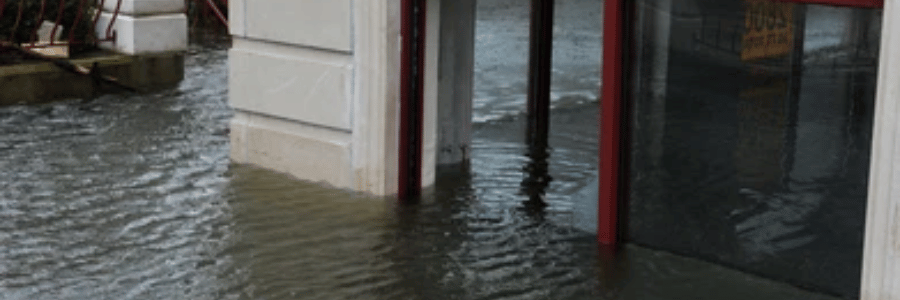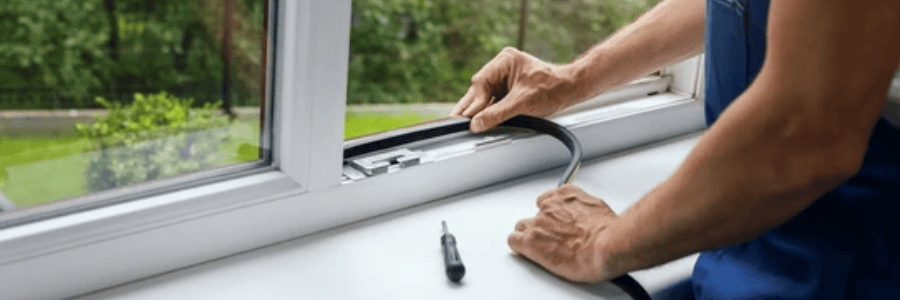Living in a flood-prone area demands meticulous planning and preparation. While many focus on flood-proofing basements and elevating homes, the windows—often overlooked—play a critical role in protecting your property during and after a flood. This comprehensive guide delves into the best window options for flood-prone areas, emphasizing features that enhance flood resistance and facilitate faster recovery.
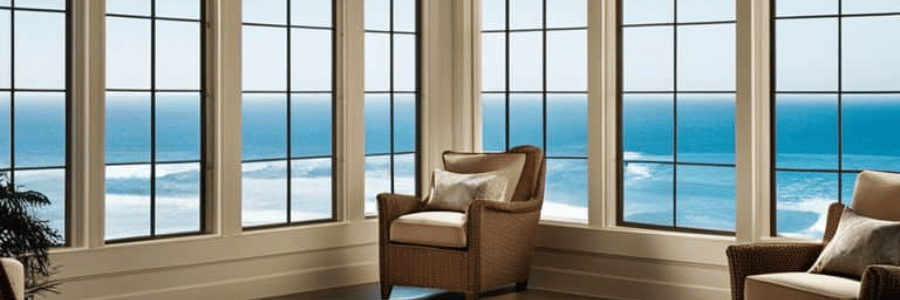
Understanding the Unique Challenges: Flood's Impact on Windows
Floodwaters pose multifaceted threats to windows. The sheer force of rushing water and debris can directly shatter or crack window panes, causing immediate damage and compromising the home’s structural integrity. Beyond physical impact, water can infiltrate through gaps around the window frame, leading to extensive water damage within the walls, floors, and interior spaces. This ingress isn’t just about immediate damage; prolonged exposure to floodwater creates a breeding ground for mold and mildew, resulting in costly repairs and significant health hazards. Therefore, choosing windows that minimize these risks is crucial for long-term protection.
Top Window Choices for Enhanced Flood Resilience: A Detailed Look
Several window types offer superior protection against flood damage compared to standard windows. Let’s examine these options in detail:
1. Impact-Resistant Windows: The Ultimate Shield:
These windows are engineered to withstand extreme impacts. Their construction utilizes laminated glass, a significant upgrade from standard annealed glass. Laminated glass incorporates a strong interlayer that holds the glass fragments together even if the pane cracks. This prevents shattering, drastically reducing the risk of water ingress and the potential for injury from flying glass. The increased strength also provides a buffer against the force of floodwaters and debris.

2. Aluminum-Framed Windows: Corrosion Resistance is Key:
Aluminum’s inherent resistance to corrosion and water damage makes it a superior choice over wood or vinyl frames in flood-prone areas. Unlike wood, which is susceptible to rotting and warping, and vinyl, which can degrade over time with prolonged water exposure, aluminum maintains its structural integrity even after prolonged submersion. Its lightweight nature also simplifies cleanup and repairs after a flood. However, proper sealing and caulking around the aluminum frame are crucial to prevent water penetration.
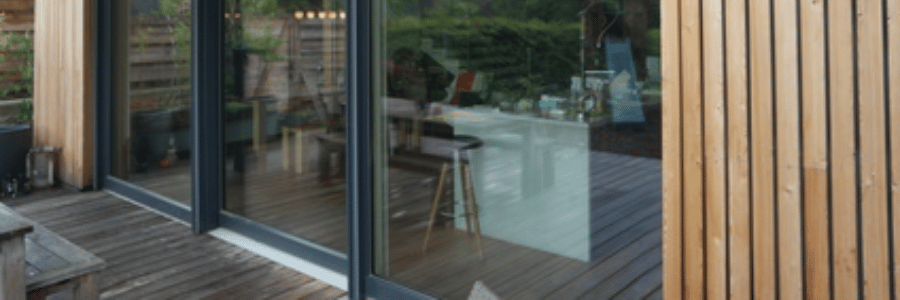
3. Waterproof Seals: The Unsung Heroes of Flood Protection:
Regardless of the chosen frame material, the quality of the window seals is paramount. High-quality, waterproof seals are essential to prevent water from seeping into the window frame and the surrounding wall. These seals should be meticulously inspected and maintained regularly, especially in flood-prone areas. Regular caulking and sealant replacement are critical to ensuring long-term protection.
4. Strategic Window Placement: Elevation is Your Friend:
During new construction in flood-prone areas, strategically elevating the windows above the anticipated flood level is a proactive measure that significantly reduces the risk of water damage. This simple design choice can prevent extensive damage and save considerable costs in the long run.
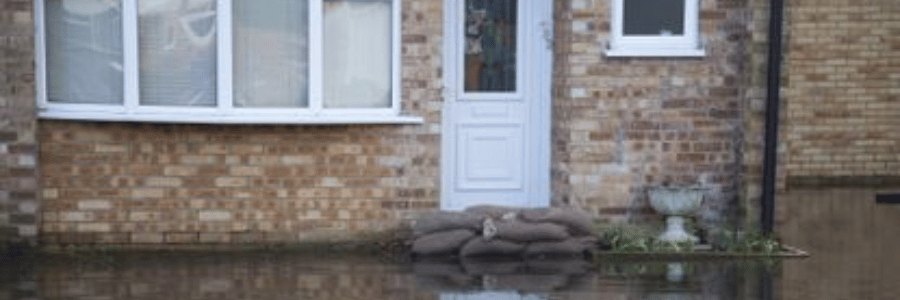
5. Additional Protective Measures: Storm Shutters and Impact-Resistant Film:
For added protection, consider installing storm shutters or applying impact-resistant film to existing windows. Storm shutters offer a physical barrier against high winds and flying debris, protecting the windows from direct impact. Impact-resistant film adds an extra layer of strength to existing glass, helping to prevent shattering and reducing water ingress.
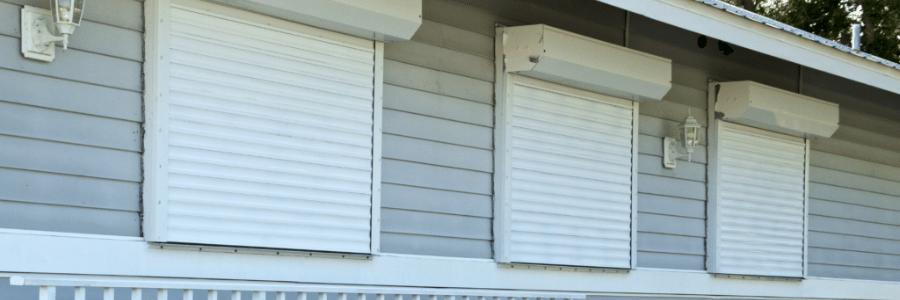
Making Informed Decisions: Essential Considerations
Choosing the right windows for a flood-prone area requires careful consideration beyond just the window type itself. Always check your local building codes and regulations for specific requirements regarding window specifications in flood zones. Your homeowner’s insurance policy may also have stipulations regarding window types and installation, so review your policy carefully. Finally, professional installation is critical to ensure the effectiveness of your flood-resistant windows. Hiring a qualified and experienced installer will guarantee proper sealing and installation, maximizing the windows’ protective capabilities.
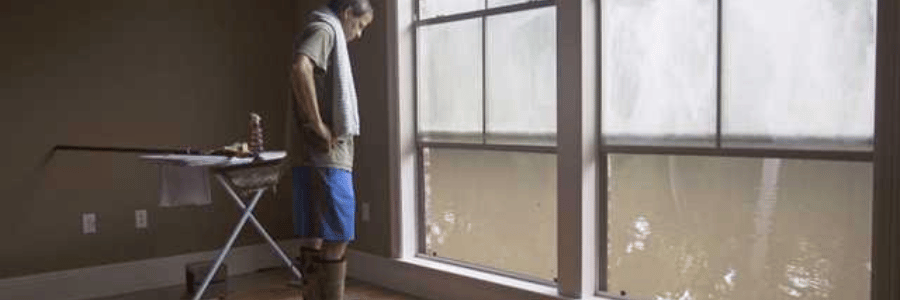
Conclusion: Investing in Peace of Mind
Protecting your home from flood damage is a multi-faceted endeavor, and choosing the right windows is a crucial element of that strategy. By investing in impact-resistant windows, durable aluminum frames, high-quality waterproof seals, and potentially supplemental protective measures like storm shutters, you can significantly reduce the risk of damage and safeguard your home against the devastating effects of flooding. This investment in robust window systems translates to peace of mind, reduced repair costs, and a faster recovery process should a flood occur. Remember to consult with building professionals and your insurance provider to make informed decisions tailored to your specific location and needs.

